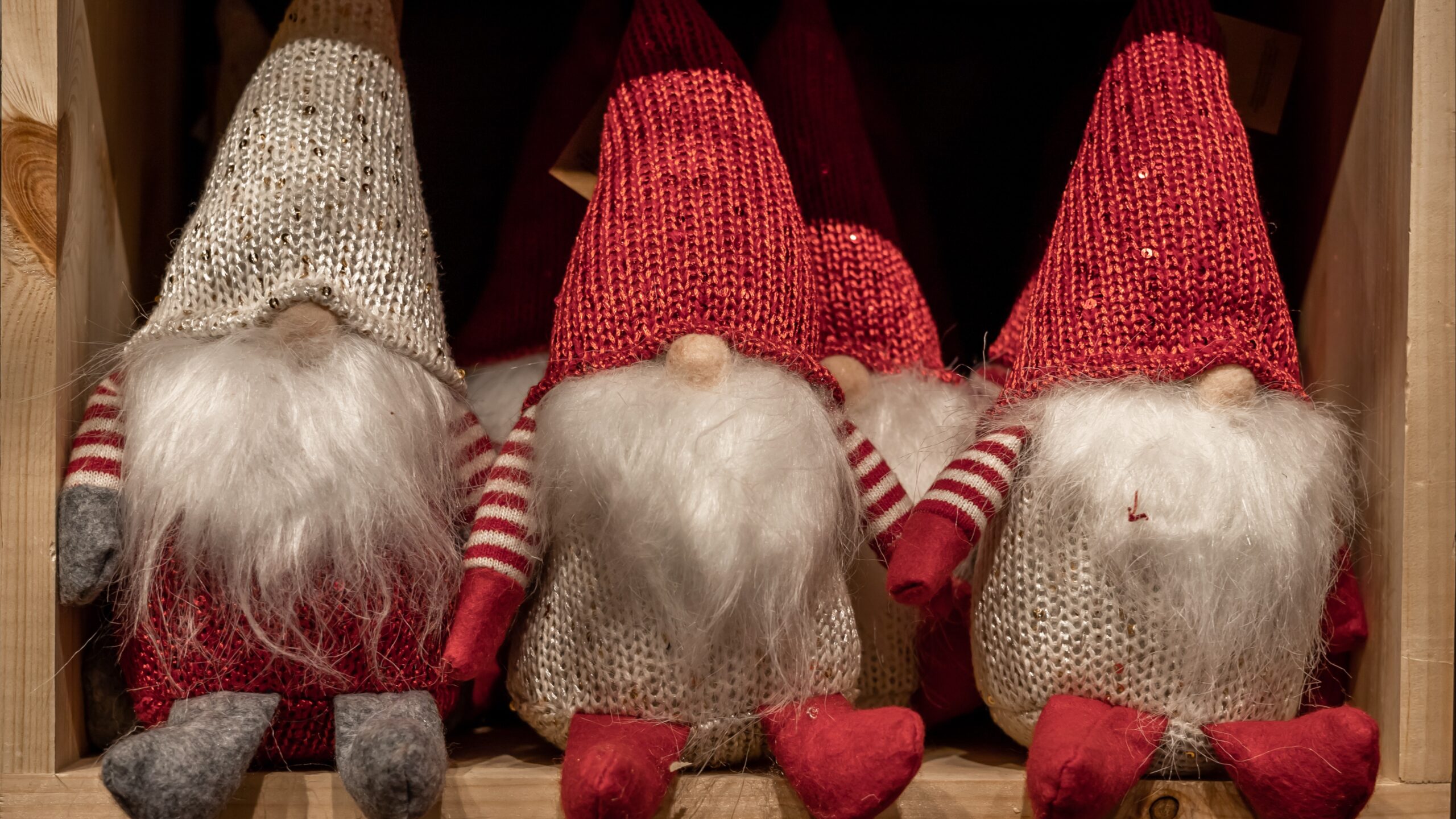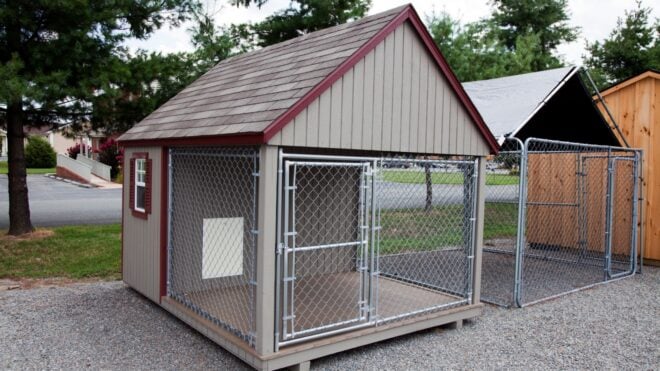
I don’t know why we decided Iceland in the winter would be a great honeymoon spot, but we did, and on an early December morning, we were crossing a frigid ocean en route to Reykjavík.
Upon arrival, I was intrigued to see that Iceland was a lot more in line with, say, New Jersey than I had expected. I don’t know what I’d had in mind. A Bjork look-alike busking on every corner? A giant daily blizzard?
It was a very special and unique place in its own ways, nonetheless, full of its own quirks and traditions, including one holiday standby known as the Yule Lads.
More from LittleThings: Elf On The Shelf Won't Be Happening In My Household — And Here's Why
I first learned about the Yule Lads while researching fun things to do around the capital city. The Yule Lads — also known as Jólasveinar or Santa Clauses, a sort of collection of 13 troll jesters — are in a sense the Icelandic answer to Elf on the Shelf.
As the story goes, these 13 mischievous little trolls watch the kids (just like our elves), and beginning the evening of December 12, put candy or small treats in a shoe that is left on the windowsill. Or they may do ridiculous holiday pranks if the kids are naughty, such as fill shoes with rocks (our version of getting coal, I guess). This goes on for 13 nights, with the last prank concluding on Christmas Eve.
In addition to the Yule Lads, there are other characters who are part of the fun, including their mom Grýla, dad Leppalúði, and Christmas cat.
Grýla is reportedly a mean troll who makes stew out of naughty children, and her husband is a lazy bones who just sits around eating the stew. The cat, Jólakötturinn, supposedly eats kids who don’t buy a new outfit to wear on Christmas (who invented that character — Macy’s?).
A large lit display of Jólakötturinn goes up in Reykjavík in the wintertime.
Historically, the story went that these trolls would break into people’s homes and steal things. It is reported that the trolls were inspired by poor men who were surviving by any means possible. In the 1700s, the tale began to soften.
My husband and I did Yule Lads pranks for each other as part of our trip, and it was a lot of fun and, in my opinion, much easier and cooler than Elf on the Shelf.
A troll is assigned to each day, as follows:
DECEMBER 12: STEKKJASTAUR (SHEEP-COTE-CLOD)
This guy drinks up the sheep’s milk and has two wooden feet.
DECEMBER 13: GILJAGAUR (GULLY GAWK)
G.G. for short hides in barns and steals that good foam off the top of the milk buckets.
DECEMBER 14: STÚFUR (STUBBY)
This cat is an unusually short guy who steals pans and eats the crusty remains out of them.
DECEMBER 15: ÞVÖRUSLEIKIR (SPOON-LICKER)
This tall, thin troll steals long wooden spoons known as þvörur and licks them.
DECEMBER 16: POTTASKEFILL (POT-LICKER)
This troublemaker steals soup from pots.
DECEMBER 17: ASKASLEIKIR (BOWL-LICKER)
This troll hides under beds and licks the bowls (askur) that all the meals would be placed into.
DECEMBER 18: HURÐASKELLIR (DOOR-SLAMMER)
This spooky (or angry?) dude goes around slamming doors all night.
DECEMBER 19: SKYRGÁMUR (SKYR-GOBBLER)
The Skyr Goblin steals Icelandic yogurt to eat.
DECEMBER 20: BJÚGNAKRÆKIR (SAUSAGE-SWIPER)
He hides in the rafters and steals the smoking sausages.
DECEMBER 21: GLUGGAGÆGIR (WINDOW-PEEPER)
This Peeping Tom troll peers into people’s houses to see if there is anything good to steal.
DECEMBER 22: GÁTTAÞEFUR (DOORWAY-SNIFFER)
Doorway Sniffer troll has a long nose that he uses to sniff out delicious things to steal.
DECEMBER 23: KETKRÓKUR (MEAT-HOOK)
This guy steals meat with a big hook.
DECEMBER 24: KERTASNÍKIR (CANDLE-STEALER)
Candle stealer steals candles (which used to be made from fat and were somewhat edible).
I used the opportunity to put small Icelandic treats in my husband’s shoes every night. I don’t know if I did the Yule Lads adventure exactly correctly, but what’s the point of enjoying a foreign tradition if you don’t put your own spin on it?







